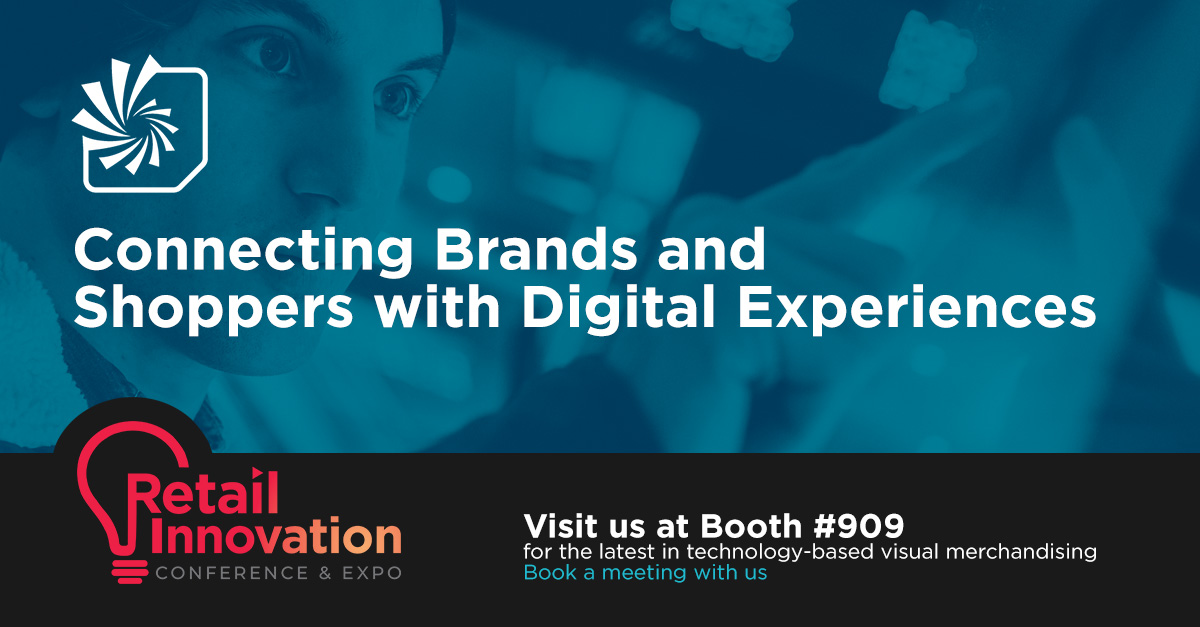A Powerful Step Forward for Personalization and Convenience in QSR Menu Displays
For those who remember the popular TV series Cheers from the 1980s, the Boston establishment that served as the setting for the show was special because, as the theme song told us, it was a place “where everybody knows your name.”
That was especially true for the popular character Norm Peterson, who upon walking in would always be greeted by everyone shouting out, “Norm!”
However, it isn’t typically the nature of quick-service restaurants (QSRs) to form such personal relationships with customers. But while the fast pace inherent to QSR activity may not serve the cause of personalization, technology is increasingly capable of filling that gap.
QSR operators and staff can hardly be asked to memorize the names or the order preferences of thousands of casual diners who visit the stores where they work every day. But those customers can still feel like they’re known when they approach the counter or the drive-thru of their favorite eatery when digital signage helps make the connection.
Like Welcoming Back an Old Friend
If a friend was coming over and you knew they liked Coke, you would probably have some in the fridge. That’s how it is when you know your friends.
Until recently, we didn’t expect that type of familiarity from technology. It wasn’t long ago when it seemed quite personal for your laptop to announce, “Good morning, Joe!” (Unless your name isn’t Joe. Then it would be strange.)
The ability of operating systems to retain and connect data has advanced considerably since then. Systems now “remember” a customer’s favorite menu choices by applying algorithms to customer and sales data, as well as patterns in ordering and basic preferences.
It can also recognize a repeat visitor or a loyal, longtime customer. Variations of this technology have been around for a while. Anyone who calls to order a pizza — or better yet, orders one online — isn’t surprised when either the system or the person on the phone recognizes who they are or even asks if they want the same pizza they got last time.
But how does that work with in-person ordering?
Current technology can recognize people in various ways — by profile, by mobile device, or by scanning a QR code with their device. Whether the customer steps up to a counter or pulls up to a drive-thru window, digital menu displays can now greet them by name.
But that’s just the start.
Digital menu boards can also be tailored and customized to appeal to each customer individually. Imagine a hungry customer named Tina zipping into her favorite drive-thru, whereupon the system recognizes her and retrieves information that she frequently orders the grilled chicken salad — and displays a combo just for her. It also knows she likes the chicken quesadilla, the bacon avocado wrap, and the club sandwich, as well as displaying her frequent diner reward card balance.
“Welcome back, Tina! In the mood for your favorites today? Or maybe something new?”
Along with this message are prominent displays of all the items mentioned above, as well as the full menu in case Trina wants to be adventurous for lunch today.
Either way, Tina knows her favorites are available, and the drive-thru staff is also ready because the system has told them, “It’s Tina” and what Tina likes. That’s quite a personal and convenient step up compared to arriving to be greeted by a confusing menu of 100 different choices and no one on the other end of the speaker who knows how to help you out.
Not Mind Readers, but Minding the Science of the Customer
Operators always try to boost sales by presenting enticing offers and current promotions. That’s most effective when the offers and promotions appeal to each customer’s preferences.
Current digital menu technology combined with POS (Point-of-Sale) and/or KDS (Kitchen Display System) data can support customer convenience, staff efficiency, and operator goals of higher basket sales in a variety of ways, such as:
- Displaying customers’ past orders and favorites. What a great way to let a person feel like a friend stopped by for a visit. It’s like saying, “Welcome back! We know who you are, what you like and are ready to prepare it just for you.”
- Presenting personalized and even customized offers based on order history. A customer who asks for chicken to be added to everything is a prime target for a special offer that’s based on chicken.
- Recommending other menu items based on demonstrated preferences and patterns. Whether a situation involves counter staff or an automated menu board, let’s say the data indicates the customer in front of you often asks for hummus. Why not recommend a new hummus-related menu item or other healthy meatless options that might be appealing? (“Do you want extra fries with that?” is not a personalized recommendation.)
- Presenting information on the board in a way that reflects the customer’s ordering habits. This is where neuromarketing comes into play. With a recent client, we relied on several different kinds of data, starting with sales data but then going deeper. From that sales data, we could use principles of neuroscience to recognize patterns in how customers order — and how they interact with menus as they’re doing so.
The QSR Operator’s Best Friend
If a customer visits your restaurant location every day like Norm Peterson used to do at Cheers, you’ll probably get to know their name and their preferences — and even anticipate what they’re in the mood for, just by the look on their face. You will deliver outstanding service and customer satisfaction, and their continued return patronage will positively affect the operation’s profitability.
But most customers don’t patronize QSRs daily, nor do the same staff wait on them each time. However, thanks to digital menu boards, POS data, and even the application of neuromarketing principles, it’s still possible for operators to provide customers with that special personal touch that can make all the difference in intelligently upselling and ensuring customer loyalty.
Everyone likes to feel like people care about their wants and needs. The technology that can make that happen is a huge step forward for personalization and convenience, empowering every QSR operator to make customers feel like Norm walking into Cheers.
By taking advantage of it, a QSR can really become a place where everybody knows your name!
Share this
You May Also Like
These Related Stories

5G and Data: The Keys to a Personal Interactive Customer Experience

The Gen Z store prioritizes technology for a modern experience

